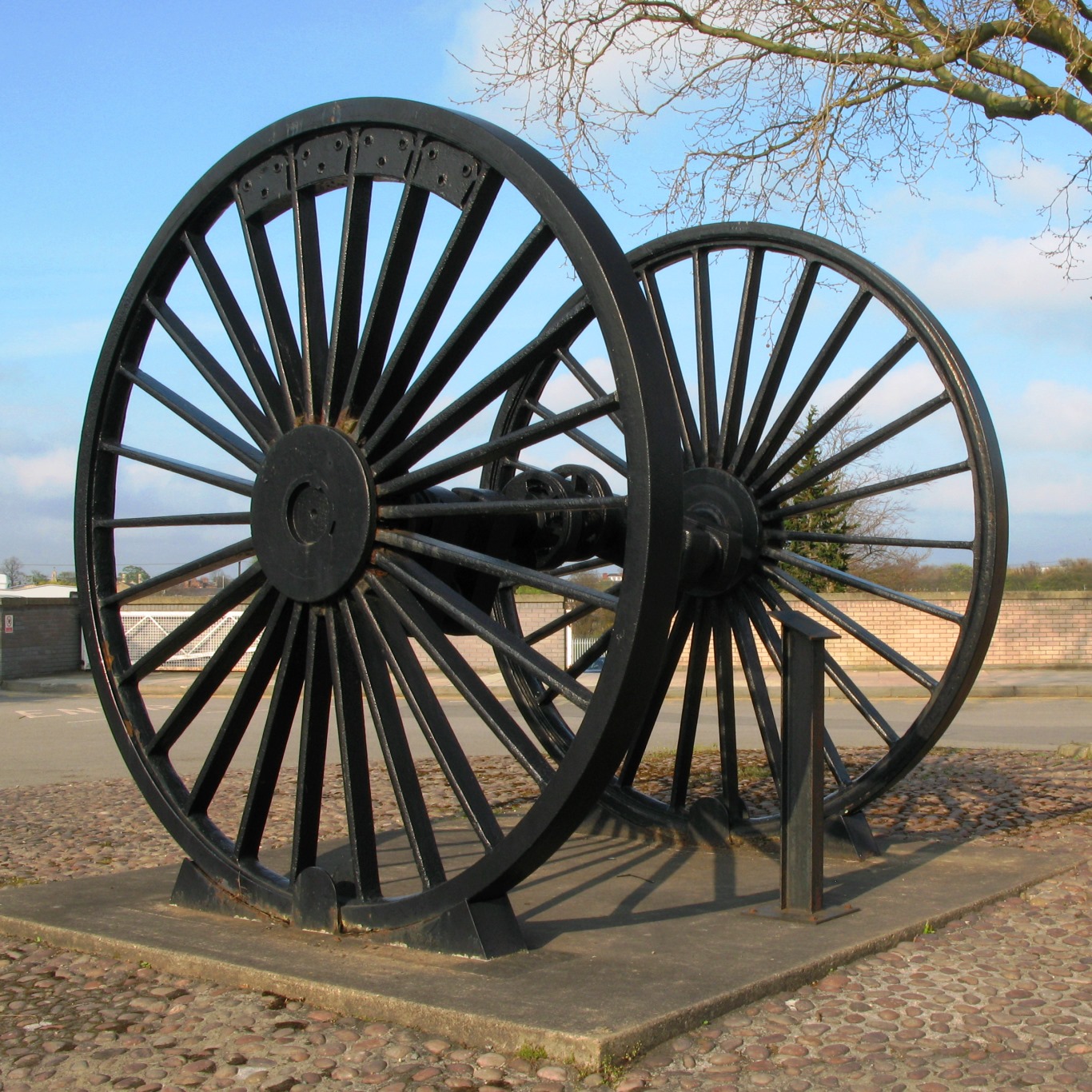Bristol And Exeter Railway 4-2-2 Locomotives on:
[Wikipedia]
[Google]
[Amazon]
 The 20 Bristol and Exeter Railway 4-2-2 locomotives were
The 20 Bristol and Exeter Railway 4-2-2 locomotives were
 The 20 Bristol and Exeter Railway 4-2-2 locomotives were
The 20 Bristol and Exeter Railway 4-2-2 locomotives were broad gauge
A broad-gauge railway is a railway with a track gauge (the distance between the rails) broader than the used by standard-gauge railways.
Broad gauge of , commonly known as Russian gauge, is the dominant track gauge in former Soviet Union (CIS ...
4-2-2
Under the Whyte notation for the classification of steam locomotives, 4-2-2 represents the wheel arrangement of four leading wheels on two axles, two powered driving wheels on one axle, and two trailing wheels on one axle.
Other equivalent class ...
express steam locomotives built for the Bristol and Exeter Railway
The Bristol & Exeter Railway (B&ER) was an English railway company formed to connect Bristol and Exeter. It was built on the broad gauge and its engineer was Isambard Kingdom Brunel. It opened in stages between 1841 and 1844. It was allied with ...
by the Stothert and Slaughter in Bristol
Bristol () is a city, ceremonial county and unitary authority in England. Situated on the River Avon, it is bordered by the ceremonial counties of Gloucestershire to the north and Somerset to the south. Bristol is the most populous city in ...
. The first entered service in 1849. The Bristol and Exeter Railway was amalgamated
Amalgamation is the process of combining or uniting multiple entities into one form.
Amalgamation, amalgam, and other derivatives may refer to:
Mathematics and science
* Amalgam (chemistry), the combination of mercury with another metal
**Pan ama ...
into the Great Western Railway
The Great Western Railway (GWR) was a British railway company that linked London with the southwest, west and West Midlands of England and most of Wales. It was founded in 1833, received its enabling Act of Parliament on 31 August 1835 and ran ...
on 1 January 1876 and eight 4-2-2s survived at this time, the last being withdrawn in 1889.
Three of the infamous 4-2-4T
Under the Whyte notation for the classification of steam locomotives, represents the wheel arrangement of four leading wheels on two axles, two powered driving wheels on one axle, and four trailing wheels on two axles. This type of locomotive is ...
locomotives were rebuilt by the Great Western Railway
The Great Western Railway (GWR) was a British railway company that linked London with the southwest, west and West Midlands of England and most of Wales. It was founded in 1833, received its enabling Act of Parliament on 31 August 1835 and ran ...
in 1877 as 4-2-2 tender locomotives.
List of locomotives
1849 batch
The Bristol and Exeter Railway's first express passenger locomotives, similar in appearance to theGWR Iron Duke Class
The Great Western Railway Iron Duke Class 4-2-2 was a class of broad gauge steam locomotives for express passenger train work.
History
The prototype locomotive, ''Great Western'', was built as a 2-2-2 locomotive in April 1846, but was soon con ...
.
* 1 (1849 – 1875)
* 2 (1849 – 1872)
* 3 (1849 – 1874)
* 4 (1849 – 1871)
* 5 (1849 – 1871)
* 6 (1849 – 1870)
* 7 (1849 – 1885) GWR No. 2007
* 8 (1849 – 1872)
* 9 (1849 – 1889) GWR No. 2008
* 10 (1849 – 1888) GWR No. 2009
* 11 (1849 – 1874)
* 12 (1849 – 1862)
* 13 (1849 – 1878) GWR No. 2010
* 14 (1849 – 1870)
* 15 (1849 – 1888) GWR No. 2011
* 16 (1849 – 1875)
* 17 (1849 – 1885) GWR No. 2012
* 18 (1849 – 1880) GWR No. 2013
* 19 (1849 – 1888) GWR No. 2014
* 20 (1849 – 1874)
GWR 4-2-2 rebuilds
Following rebuilding as 4-2-2 tender locomotives atSwindon
Swindon () is a town and unitary authority with Borough status in the United Kingdom, borough status in Wiltshire, England. As of the 2021 Census, the population of Swindon was 201,669, making it the largest town in the county. The Swindon un ...
, the three remaining 8 feet 10 inch 4-2-4T locomotives had slightly smaller 8 feet diameter driving wheels and worked alongside the rigid-framed GWR Rover class
The Great Western Railway Iron Duke Class 4-2-2 was a class of broad gauge steam locomotives for express passenger train work.
History
The prototype locomotive, ''Great Western'', was built as a 2-2-2 locomotive in April 1846, but was soon ...
and the remaining 1849-built ex-Bristol and Exeter Railway 4-2-2 locomotives on express passenger trains.
* 2001 (1877 – 1889) ''Previously B&ER 42/GWR 2004)''
* 2002 (1877 – 1890)
* 2003 (1877 – 1884)
References
* * {{BER Locomotives Broad gauge (7 feet) railway locomotives 4-2-2 locomotives Bristol and Exeter Railway locomotives Avonside locomotives Railway locomotives introduced in 1849 Scrapped locomotives